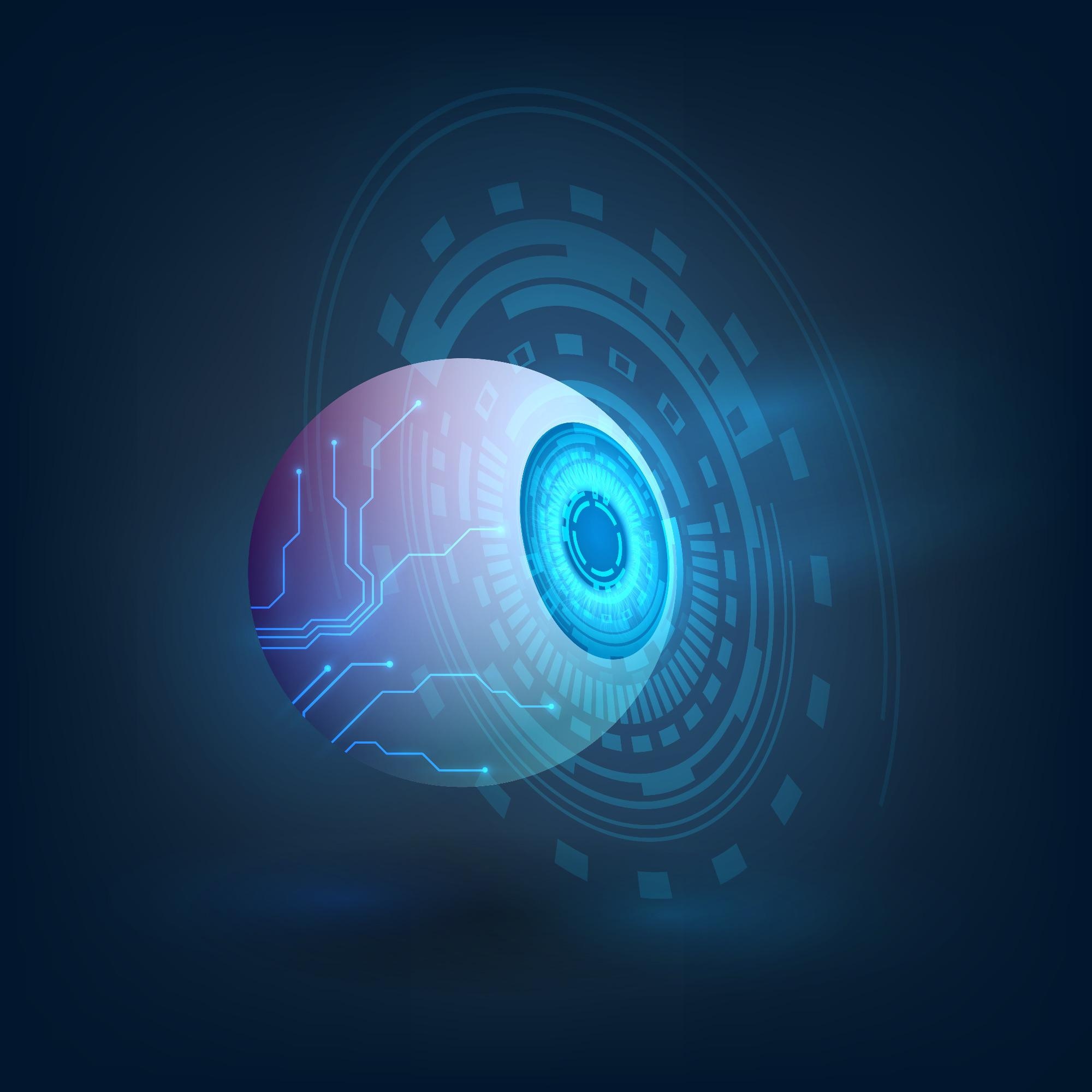This article considers the application of additive manufacturing technology to the development of realistic gelatin eyes for use in the robotics industry.

Image Credit: Lidiia/Shutterstock.com
The field of robotics has progressed significantly in recent years with the development of several key technologies. However, there are still many natural structures that are proving difficult to replicate in robots, demonstrating that currently there is no better machine than a natural organism.
Mimicking Humans
Arguably, the organ that is the most difficult to replicate is the human brain. Recent advances in neural networks and machine learning have provided significant progress in developing human-like central processing units for various applications.
But what of other organs that are equally as complex and mysterious as the human brain? Whilst robots may not have a soul, research into robotic eyes that react in the way their organic counterparts has several advantages for the creation of human-like robots.
What is the Importance of Eyes?
Eyes are enigmatic biological structures. They help animals interpret visual stimuli and information, informing decisions in the brain-based upon this interpretation. It is estimated that visual stimuli account for 80% of the information processed by the brain.
Human-like robot "wakes up" as UK company unveils android Ameca
Video Credit: Global News/Shutterstock.com
An important biological structure within the eye is the retina, with its curved structure helping to reduce the complexity of the organ as it compensates for aberrations caused by the curved focal plane.
Eyes display emotion and help us communicate with our fellow human beings and other animals. Eye contact improves understanding, displays honesty of intent, and helps us bond. Indeed, eyes are the most important non-verbal communicators humans have. Therefore, being able to mimic their structure and responses to external stimuli will give robotic eyes advantages they do not currently possess.
The Need for More Human-Like Robots
Creating life-like artificial robots may seem like something out of science fiction, but it is a focus of real, practical research in the field of robotics. As mentioned, nonverbal communication and emotional display in the eyes help us feel closer to each other. By having features that make them more personable, the interaction between humans and robots is drastically improved.
This property has advantages for a few industries that are exploring the use of robots for everyday tasks. One of these is the care industry. Being able to create a truly human-like robot will help people who are isolated, giving them support and companionship, providing a positive boost to their mental health.
3D Printing Biomimicking Robotic Eyes
A research project has demonstrated what could be the next step in artificial eye evolution. Published in The Conversation, an online magazine, the researchers developed a complex, 3D printed biomimicking eye that could be used in several key industries that require robots that can react and interact like their human counterparts.
The work was inspired by a meeting with John Coppinger, who designed Jabba the Hutt’s dilating eyes in Star Wars.
Accelerating the Discovery of 3D Printing Materials Through the Use of Machine Learning
An artificial iris was created by 3D printing gelatin, a natural, flexible material that can retain an image (the artificial iris was printed with an image reminiscent of a human iris.) Holes in the center of the iris act like a pupil that houses a camera and a photoreceptive sensor.
An artificial muscle created with silicone that has graphene layers coated on each side facilitated contraction and dilation of the artificial pupils. Positive and negative static electricity fields activate the muscle.
To hold everything in place, another flexible 3D printed thermoplastic polyurethane material was used. A central feature of the artificial eye is that it can respond to both emotion and light simultaneously using microprocessors.
Machine learning software is used to predict the emotional state of a person the robot is interacting with. This works by analyzing their facial expressions. A signal is then sent to the pupils, which respond accordingly. Sensors allow the eye to react to environmental light levels.
To inform the research direction and how these robotic eyes should react, data was gathered from people watching different videos and staring at different light levels. Specialized headsets with pupil trackers were used to gather the necessary information for fine-tuning eye design.
Additionally, the eyes were installed in robots and compared to other, conventional eyes that use glass and acrylic. Participants in this experimental stage showed heightened emotional response and attentiveness to the project’s eyes compared to conventional robotic eyes. This was due to the dilation in the 3D-printed gelatin eyes.
What this Means for the Future
Whilst technical challenges undoubtedly still exist for the technology, this project has demonstrated that the ability to create robotic eyes that respond to light and emotion in a lifelike manner is closer to reality than previous efforts.
Other areas that will help the field include lip synchronization, facial expressions, and speech tonality. Improving the emotional connection between humans and robots, which are largely seen as cold and lifeless, will be a huge step forward for the field of human-like robotics.
Further Reading and More Information
Streathern, C (2021) I’ve created human-style eyes for robots – with some inspiration from Jabba the Hutt [online] theconversation.com. Available at:
https://theconversation.com/ive-created-human-style-eyes-for-robots-with-some-inspiration-from-jabba-the-hutt-169508
Erin Eatough, PhD (2021) Eye contact is important (crucial really) in communication [online] betterup.com. Available at:
https://www.betterup.com/blog/why-is-eye-contact-importan
Disclaimer: The views expressed here are those of the author expressed in their private capacity and do not necessarily represent the views of AZoM.com Limited T/A AZoNetwork the owner and operator of this website. This disclaimer forms part of the Terms and conditions of use of this website.